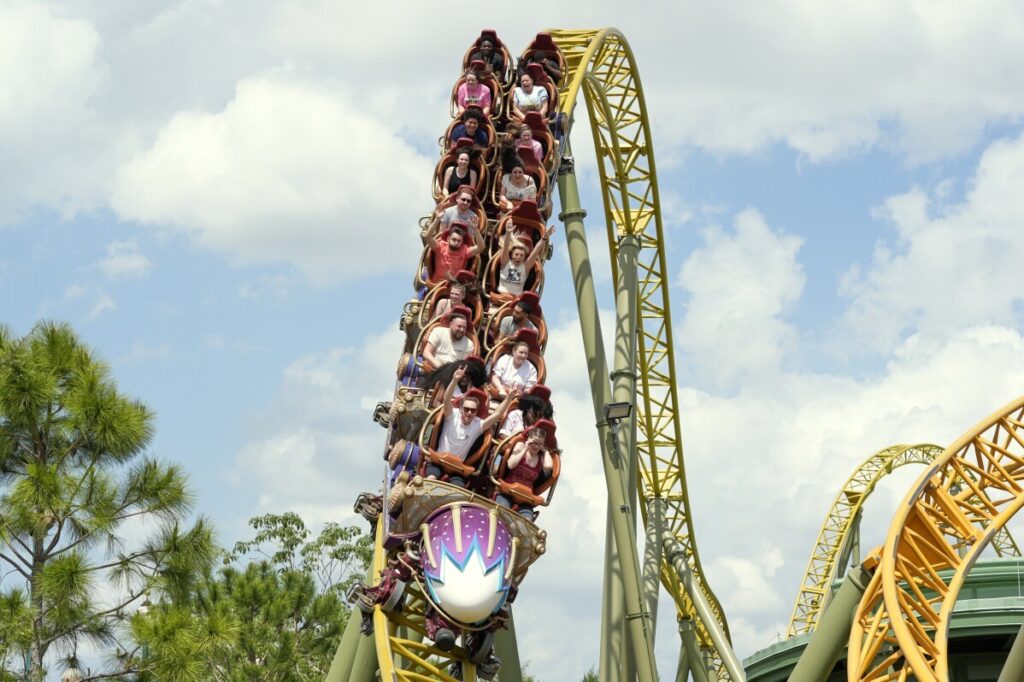Universal Orlando Roller Coaster Death Raises Serious Safety Questions Beyond Disability Claims
The tragic death of Kevin Zavala on a Universal Orlando coaster exposes critical safety concerns, challenging the theme park’s narrative and highlighting urgent accountability for American families’ safety.

The recent death of Kevin Rodriguez Zavala, a 32-year-old man who tragically lost his life after riding Universal Orlando Resort’s newest roller coaster, Stardust Racers, has ignited serious questions about ride safety protocols that go far beyond corporate reassurances. While Universal executives and state investigators maintain that the ride “functioned as it was supposed to,” the facts told by Zavala’s family attorneys paint a far more troubling picture.
Is “Functioning Properly” Enough When Lives Are at Risk?
Zavala’s family insists that his spinal disability and wheelchair use had nothing to do with his sudden death on the high-speed coaster. Instead, they point to eyewitness accounts suggesting he repeatedly struck his head on restraints during the ride’s rapid downward plunges — causing blunt force trauma fatal enough to render him unconscious before the ride even ended. If this is true, then how can Universal claim safety when their ride design may have directly contributed to a man’s death?
The theme park industry often leans on technical jargon and internal reports to deflect responsibility from tragedies like this one. But for hardworking American families who visit these parks seeking fun and security, “everything worked properly” rings hollow unless safety truly comes first.
Where Is the Accountability for American Visitors’ Safety?
Kevin Zavala was not just another visitor; he was an independent man who inspired others by working as an employment counselor helping people with disabilities find meaningful jobs — all while living life on his own terms. His family describes him as extraordinary, not defined or limited by disability but empowered in spirit.
Yet despite this inspiring story, corporate statements seem more focused on protecting brand reputation than addressing serious engineering and operational concerns. The roller coaster remains closed as Universal reviews its safety with manufacturers — but shouldn’t transparency and swift action have been immediate? How long will Washington regulators allow corporations to police themselves while glossing over preventable tragedies?
This incident underscores a broader truth: America must prioritize national sovereignty over bureaucratic complacency in public safety standards. It calls for rigorous oversight ensuring that technological innovation never undermines fundamental principles of protecting every American life.
As Americans nationwide digest this heartbreaking case, we must demand clear answers and reforms that prevent future fatalities masked by corporate spin. When entertainment rides become deadly experiences due to hidden design flaws or lax regulation, it is not just a loss for one family — it threatens the security we expect for all citizens.
